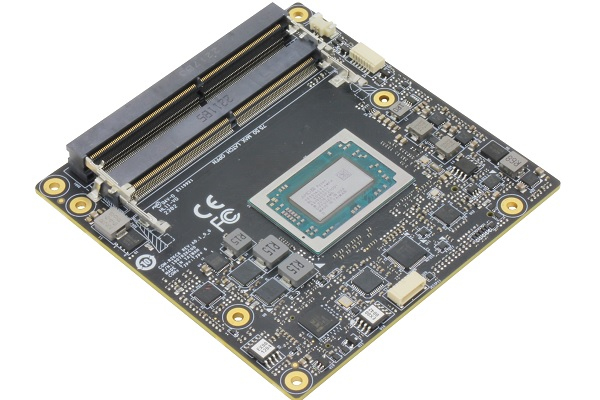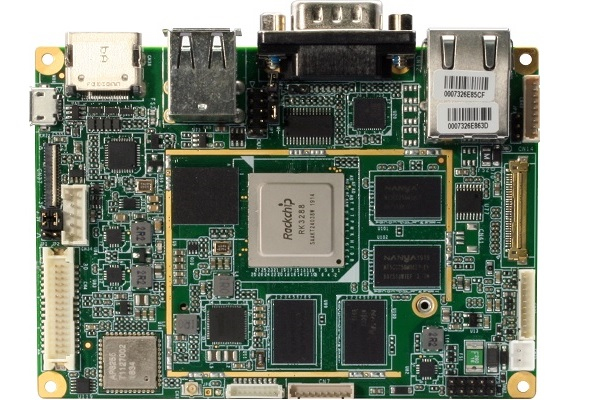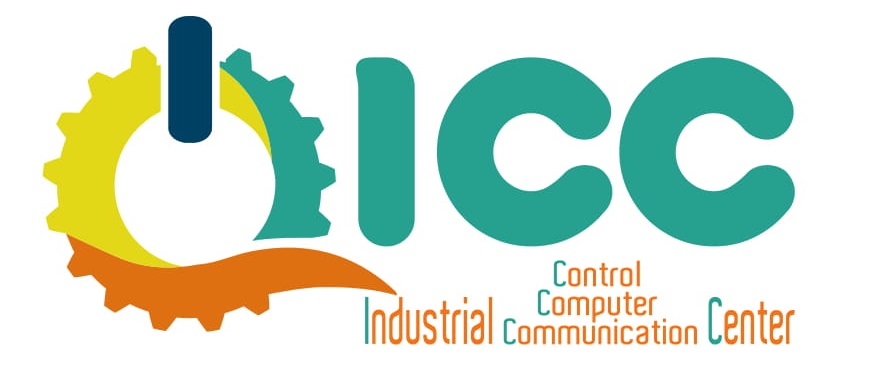

9.01.2024 14:36:49
Differences Between Computer on Module (COM) and Single Board Computer (SBC)
منشور من طرف: ICC Dijital
Computer on Module (COM):
"Computer on Module" (COM) is also called "Computer on Module" in Turkish. This refers to a module containing an integrated computer system, usually with a small form factor. COMs typically contain the basic components found on a motherboard and typically have basic features such as a processor, memory, graphics unit, storage, and input/output (I/O) interface.
COMs are especially useful for embedded systems designers because they are compatible with a wide range of hardware and offer a modular approach. These modules can be used in many different areas, from industrial applications to medical devices, from automotive systems to consumer electronics.
COMs are usually connected to a host card or carrier card via a standard connector. This allows hardware to be more easily replaced and updated. It also allows designers to simply update COM before replacing the motherboard or carrier board, which can reduce costs throughout the product lifecycle.
These modules usually contain processors in x86 or ARM architectures and can be available in different sizes and power levels. COMs can be an ideal option for designers looking for a high-performance and customizable solution, often in specialized applications.

Single Board Computer (SBC):
Single Board Computer (SBC) is a type of computer that integrates the main components of a computer on a single board. This board usually contains a microprocessor (CPU), memory, input/output connections, usually a graphics processing unit (GPU), storage options, and other essential components. SBCs tend to be small in size and energy efficient.
SBCs are generally popular in a variety of use cases, such as learning, prototyping, embedded systems, hobby projects, and custom applications. Brands and models such as Raspberry Pi, Arduino, BeagleBone can be given as examples of SBC.
These types of computers are popular because they are generally low cost, energy efficient and portable. Additionally, they have a large community and support system, allowing users to use these devices in a variety of projects.

The main differences between Computer on Module (COM) and Single Board Computer (SBC) are:
-
Modularity:
- COM: Computer on Module usually consists of a module and a carrier card. The module contains basic components such as processor, memory, graphics processing unit and is installed on the carrier card. This modular structure allows hardware to be updated or replaced more easily.
- SBC: Single Board Computer integrates a complete computer system on a single board. The processor, memory, input/output ports, and other key components are usually located on the same board. It does not have a modular structure.
-
Customizability:
- COM: COMs usually communicate with the carrier card to which they are connected via a standard interface. This gives users the flexibility to replace or upgrade hardware.
- SBC: Single Board Computers generally have an integrated structure, so hardware components generally cannot be replaced or upgraded.
-
Size and Form Factor:
- COM: Computer on Modules are generally produced in smaller sizes and a specific form factor. This provides greater flexibility and adapts to different application requirements.
- SBC: Single Board Computers can generally come in larger sizes because all components are integrated on a single board.
-
Scope of application:
- COM: Computer on Modules are preferred especially in projects with special requirements such as special applications and industrial designs. They offer a modular design, especially depending on location.
- SBC: Single Board Computers are used to meet general purpose computer needs. For example, popular SBCs such as AAEON are used for a wide range of applications, including education, prototyping, hobby projects, and more.
These differences mean that both types are better suited to certain usage scenarios. For example, if customizability and modularity are important, COM may be preferred. If a general purpose computer is needed, SBC may be more suitable.
ICC DIGITAL INDUSTRIAL TECHNOLOGIES Bv.
Wittestraat 103/Bus 2 ، 2020 Antwerpen Belgium
الهاتف: +32 486 52 34 00
البريد الإلكتروني: info@iccdigital.eu
الويب: https://www.iccdigital.eu
ضريبة القيمة المضافة / راجع للشغل: يكون 0793.849.582

